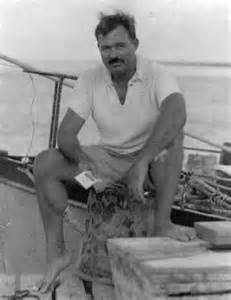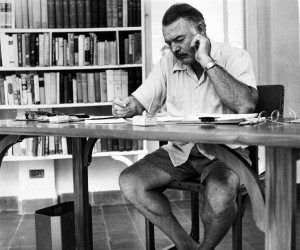
Hemingway Biopic is out: the first of a few Hem-related movies on the horizon
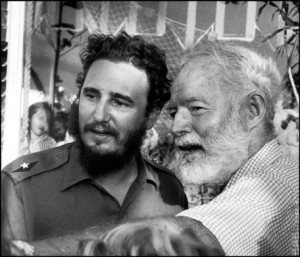 Hemingway is never played out. As I’ve previously mentioned, three movies are coming out about Hemingway or in which he is featured–four if you count Mariel Hemingway’s A MOVEABLE FEAST.
Hemingway is never played out. As I’ve previously mentioned, three movies are coming out about Hemingway or in which he is featured–four if you count Mariel Hemingway’s A MOVEABLE FEAST.
Let the fun begin.. Features Adrian Sparks as Hemingway and Giovanni Ribisi as journalist Ed Myers. Not sure how widely distributed it will be.
http://cubajournal.co/hemingways-life-in-cuba-profiled-in-bipoic-debuts-at-havana-film-festival/
Brisk Sales for A MOVEABLE FEAST
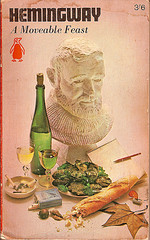
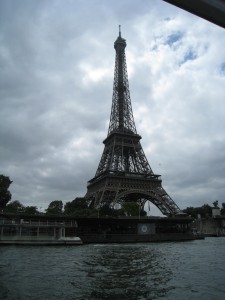
While Hemingway is never out of style, apparently there has been a resurgence in the purchase and reading of his A Moveable Feast since the tragedy in Paris.
I will read it again this weekend as well for the comfort of the words.
May I wish all a wonderful Thanksgiving and a peaceful holiday. Love, Christine
The Strange Writing Habits of Writers
November is National Writing Month, so today I muse about how some writers write. Ernest Hemingway’s first rule for writers was to apply the seat of the pants to the seat of the chair. But not all authors are able to survive with such a simple approach.http://www.sandiegouniontribune.com/news/2015/nov/14/lederer-good-time-to-reflect-art-of-writing/
Every writer has his/her own comfort place where writing is easier and better for him/her. Hemingway often wrote standing up especially after the plane accidents but he also enjoyed writing at a big table. His fourth wife, Mary, created a studio for him on the Finca property but he never took to it and preferred to write in the house. He typed but he also did a fair amount long hand and edited long hand, slashing, writing, correcting, modifying.
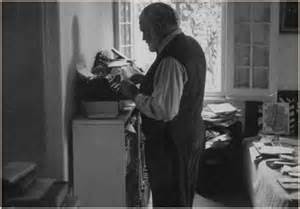
The above article is about other writers’ habits. To quote the author of the article, Richard Lederer:
Francis Bacon knelt each day before creating his greatest works. Martin Luther could not write unless his dog was lying at his feet, while Ben Jonson needed to hear his cat purring. Marcel Proust sealed out the world by lining the walls of his study with cork. Gertrude Stein and Raymond Carver wrote in their cars, while Edmond Rostand preferred to write in his bathtub.
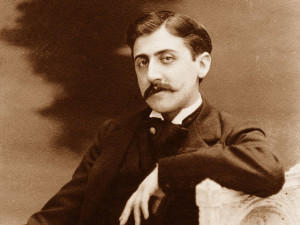
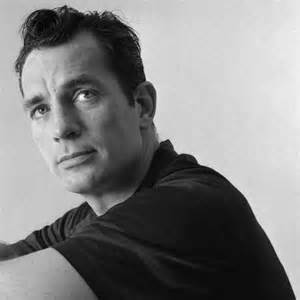
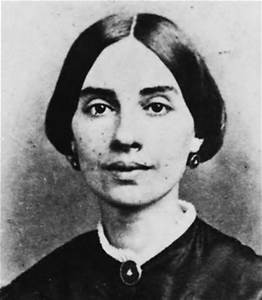
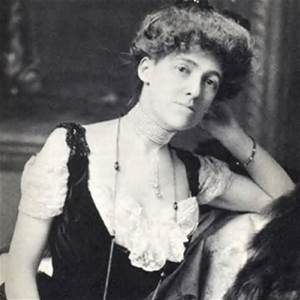
Emily Dickinson hardly ever left her home and garden. Wallace Stevens composed poetry while walking to and from work each day at a Hartford, Conn., insurance company. Alexander Pope and Jean Racine could not write without first declaiming at the top of their voices. Jack Kerouac began each night of writing by kneeling in prayer and composing by candlelight. Friedrich Schiller started each of his writing sessions by opening the drawer of his desk and breathing in the fumes of the rotten apples he had stashed there.
Some writers have donned and doffed gay apparel. Early in his career, John Cheever wore a business suit as he traveled from his apartment to a room in his basement. Then he hung the suit on a hanger and wrote in his underwear. Jessamyn West wrote in bed without getting dressed, as, from time to time, did Eudora Welty, Edith Wharton, Mark Twain and Truman Capote. John McPhee worked in his bathrobe and tied its sash to the arms of his chair to keep him from even thinking about deserting his writing room.
This is me again. So you always knew writers were a weird and rare breed. I don’t have any habits that rival the above. Give me a fire, one of my dogs, and some smooth jazz and I usually can get something down.
Any other strange writing habits out there?

Best, Christine
ADDENDUM: An astute reader wrote to say that the above photo is not of Emily Dickenson. So much for Google image search. Here is another and I hope it is correct. Many thanks! C
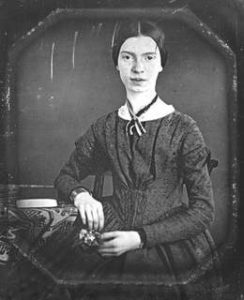
Terms Coined by Hemingway
#termscoinedbyhemingway
#Hemingwaytrivia
____Some people may think that the only phrase Hemingway coined was “grace under pressure.” Here are a few more that he either coined or popularized:
1.) Byline
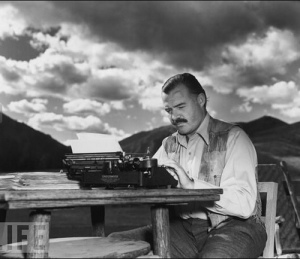
In The Sun Also Rises, he notes, “I sorted out the carbons, stamped on a by-line.”
He may not have been the first to use it, but he was the first to get it out there and be popularized.
2.) Spanish words or Italian words thrown into English and used as if we really know what they mean. He used “ciao” in A Farewell to Arms and “cojones” in Death in the Afternoon. There was a lot of Spanish thrown into For Whom the Bell Tolls and he also used a fair amount of Spanish in his regular English discussion.


3.) Moment of truth – Hemingway used this phrase in Death in the Afternoon, his book about bull fighting. The moment of truth occurs when there is a final thrust of the sword from the matador. I hate bullfighting by the way but it was a different time and culture.
4.) Shitfaced – When Hemingway used this in some letters, he meant a person who is beneath contempt. It came into usage as a drunk much later.
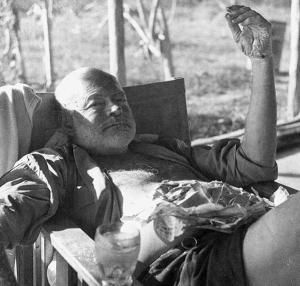
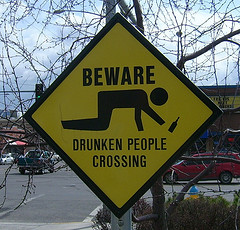
5.) Spooked – Hemingway used this in To Have and Have Not as a word for being unnerved as opposed to being alarmed.
An article written by Angela Tung in Wordnic talks about ten terms coined by Hemingway and she has quite a number more with their provenance. The cite is attached for easy reference. I also would add that I believe he coined the phrase “the earth moved” when he wrote the love scene between Robert Jordan and Maria.
10 terms coined by Ernest Hemingway
Lillian Ross’ Profile of Hemingway
How Do You Like It Now, Gentlemen?
The above is a link to the Lillian Ross interview with Hemingway, a sad betrayal of his kindness and friendship to a young writer.
There’s a famous profile of Hemingway that was published on May 13, 1950 in The New Yorker done by a very young journalist at the time named Lillian Ross. Hemingway had helped her with her first big article about Sidney Franklin, the first Jewish-American bull fighter. Hemingway and Lillian Ross became friends and as Hemingway often did, he enjoyed taking this younger, very smart woman under his wing and addressing her as “daughter” and sharing some of the things that he knew with her.
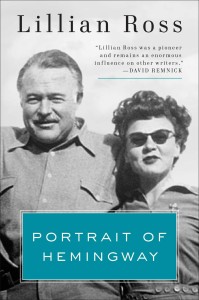
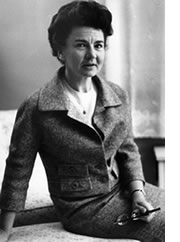
Lillian Ross started working at The New Yorker in 1945 and seemed particularly adept at charming her subjects into saying things they might otherwise not say. She asked to do a profile on Hemingway, who needed the publicity like a hole in the head, but he agreed, hoping to help her career. She shadowed him for months and in particular went with him to New York on a three-day tour. Hemingway viewed it all as a lark.
Here’s where my objectivity stops. As I noted in my opening post three years ago, while I try to be objective about Hemingway and his flaws, which were many, I’m on his side. I’m not neutral. Lillian Ross’ article made him look like a self-involved jerk, almost ignorant. He thought she was his friend.
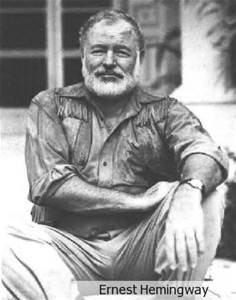
In that article are statements by Hemingway such as “Book is like engine. We have to slack her off gradually.” And then there’s this repeated gem apropos of nothing, “How do you like it now, Gentlemen.” Ross always maintained that it was an affectionate portrait of a wonderful writer, but, in essence, it made fun of him and it made him look ludicrous. If that’s how she saw him, then so be it. The press is free and she can write what she’d like to write, but don’t pretend it was an “affectionate” portrayal.
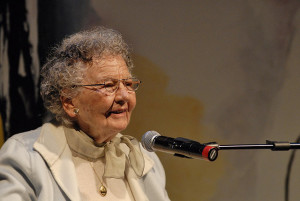
At the time, Lillian Ross was 24 years old and it was the opportunity of a lifetime to profile Ernest Hemingway, the biggest writer of the day. Years later, The New York Times wrote that “The effect of her severely unadorned portrait was to create an impression of an unpleasant egotist, a celebrity who, to a pathetic extent, had identified himself with his own public image.” As one of Hemingway’s biographers, Jeffrey Meyers, wrote later that she’d repaid his generosity with meanness and malice, and established her reputation at his expense.” Quoting Meyers again, he notes that she never recorded or revealed the serious and sensitive side of his character and chose instead to portray him as a boring braggart. So how do you like it now, Gentlemen?
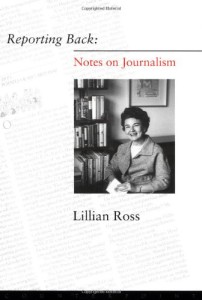
When Lillian published the profile in book form shortly after Hemingway’s death, she still claimed it was a sympathetic portrait of a great, loveable man. Few readers were fooled. She also claimed he was fine with it. True. He read it before publication; felt the dye was cast so said little; and passed on it, but it was not really “fine” with him. He was hurt.
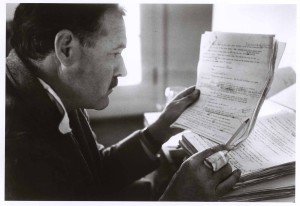
If you look at the cover, could Lillian have picked a less attractive, less compelling photo? In a reissue, there’s a nice photo of Hemingway and Lillian on the front, but I believe the original shows a Hemingway looking out of it and bizarre. If I’m wrong on this, someone out there probably knows, so please correct me.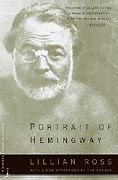
Lillian Ross has written a new book in which Ross has collected selected pieces, including the Hemingway profile along with newer works spanning her sixty year career as a journalist. It is called “Reporting Always: Writings From The New Yorker.” It was published last week by Scribner’s, which, of course, is Hemingway’s publisher.
I can’t help being wounded for him. He trusted her and thought they were having some fun together and that she would not portray him as a lout. It’s his fault in part, no question for being too casual and not foreseeing damage for not taking the interview seriously. However, his loyalty was betrayed.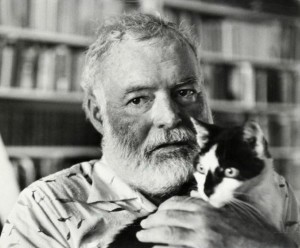
Take a read and see what you think. Perhaps you’ll see it differently. I’m happy to stand corrected or confronted.
Love,
Christine

Hemingway and the Green Hills of Africa
#Hemingwaysafrica
Everything in the Hemingway world seems to be percolating and changing and evolving, especially new versions of his classics.
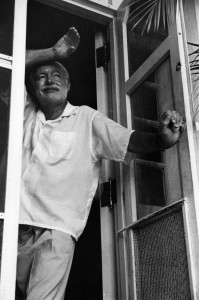
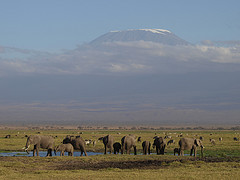
Hemingway wrote the Green Hills of Africa in 1935. He and his second wife Pauline had just taken a hunting safari on the Serengeti Plains leaving Jack, Gregory and Patrick at home. Hemingway then chronicled the adventure, adding fiction to the non-fiction.
A new edition has come out. It’s been authorized by the Hemingway estate and has a new introduction by his grandson Sean. His son Patrick also shares some personal memories. One new feature that will be historically interesting is that a diary of the trip was kept by Pauline and her observations will be quite interesting to read. That diary will be part of the re-issue.

One of Pauline’s observations is that the chronology of some events was changed by Hemingway and she traces his short story The Short Happy Life of Francis Macomber to an incident that occurred on that trip.
So! The Sun Also Rises has been reissued (one version shows the book as originally envisioned with changes Scott Fitzgerald suggested and which Hemingway implemented); A Moveable Feast has been reissued; and A Farewell to Arms has also been reissued.
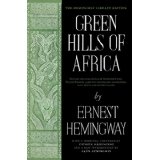
I read The Green Hills of Africa only once. Being an animal lover, I found the hunting and the carcasses of animals very disturbing. I realize that we have to take all of this in the context of the times when the concept of conservation was truly unexplored. As his grandson Sean noted, portions of Green Hills might be uncomfortable for the modern readers. It’s somewhat telling that Hemingway notes that he fears the consequences of western countries expanding into an undeveloped region. “A continent ages quickly once we come. The natives live in harmony with it. But the foreigner destroys, cuts the trees, drains the water supply so that the water supply is altered. The earth gets tired of being exploited.”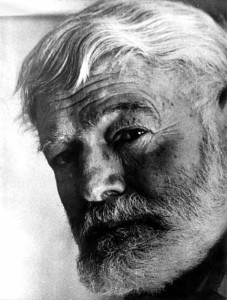
This reminded me of the epithet of The Sun Also Rises about the earth enduring and enduring.
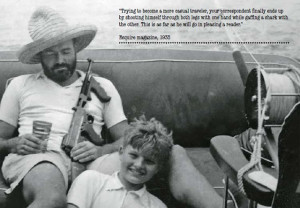
In any event, it should be an intriguing read with some insight into the evolution of Hemingway’s thought processes plus Pauline’s observations.
Play in LA about Hem and Scott: UPDATE RE CAST!

If you are in the Toluca Lake area, this looks good, fun, thought provoking! There is a new cast member playing F. Scott Fitzgerald: now played by Kevin Blake. Please go to see it if you can! I have heard good things.
Love, Christine
Scott and Hem is a brilliant play about two brilliant literary giants– F. Scott Fitzgerald and Ernest Hemingway– being presented at the Falcon Theatre from Oct. 14 to Nov. 15. The show puts the spotlight on F. Scott Fitzgerald (Kevin Blake) and Ernest Hemingway (Ty Mayberry) wrestling with the personal destruction that comes with their sparks of art and the perils of their creativity. It is a combative comedy fueled by Scott and Hem’s friendship and intense rivalry. The two legendary authors reunite in 1937 at Fitzgerald’s home in Hollywood’s fabled Garden of Allah, chaperoned by the saucy Ms. Eve Montaigne (Jackie Seiden). There they explore their mysterious bond and the genius that first brought them together, and ultimately tore them apart. It is written by Mark St. Germain, and Dimitri Toscas is at the helm of the show so perfectly cast. Scott and Hem is presented by Garry Marshall’s Falcon Theatre in Toluca Lake. Go to www.falcontheatre.com. #

